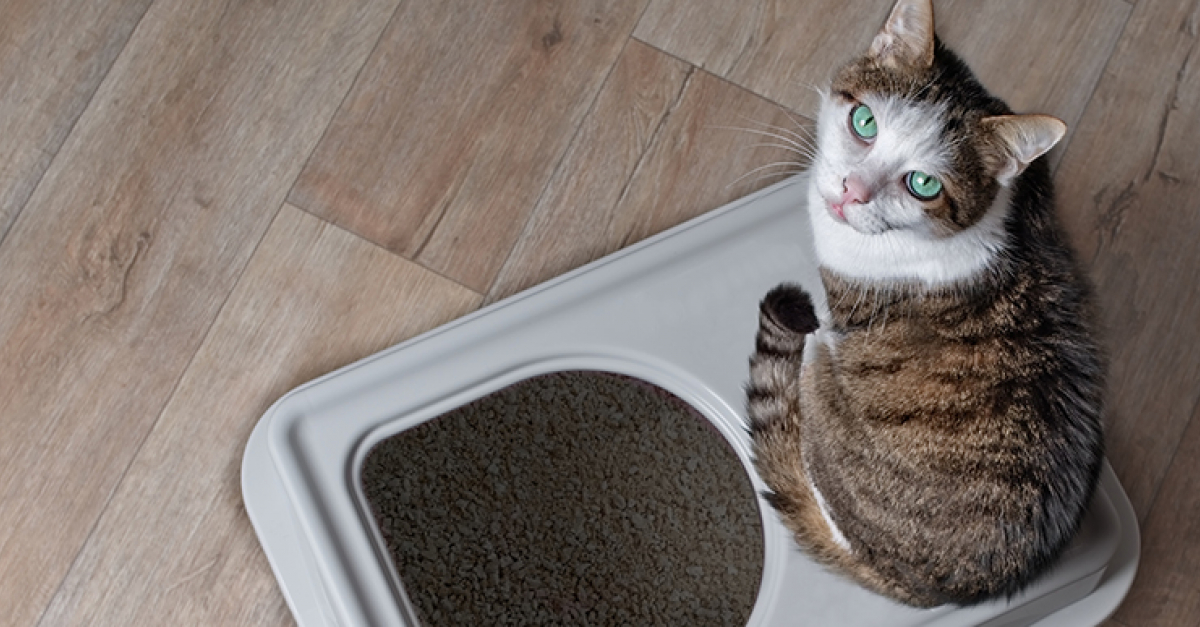Polycystic kidney disease in cats
Polycystic kidney disease is the most common genetic disease in felines. It affects mostly Persian cats and related breeds (British and Exotic shorthair). It is progressive and leads to renal failure, this disease is more or less severe depending on the individual. Its hereditary transmission and the absence of treatment justifies an early detection in the concerned breeds.
A frequent hereditary disease
Polycystic kidney disease (PKD) is the most frequent genetic disease in the world. It affects about 15% of Persians in Europe (38% worldwide) and is found in other breeds: the exotic shorthair, the British shorthair, the Scottish fold (breeds related to the Persian) or the maine coon, the ragdoll, the sacred of Burma, the chartreux...
It is a hereditary disease: any cat that has a mutated gene and a non-mutated gene (it is said that it is heterozygous for the disease) will develop the disease one day or another and has risks of transmitting PKD to its descendants (50% risk).
Slow evolution and uncharacteristic symptoms
PKD is a kidney disease, cats that have the genetic mutation do not show symptoms at birth. Polycystic Kidney Disease is characterized by the presence of cysts in the kidneys that compress the kidney tissue and prevent the kidney from functioning properly. The cysts multiply and grow until they invade the entire renal parenchyma, most often bilaterally (both kidneys are affected), leading to kidney failure.
The growth rate of cysts is very variable from one cat to another: for a genetically affected kitten, it is impossible to predict the date of onset of the kidney disease, nor its progression, nor the life expectancy of the animal. These elements will depend on environmental and individual factors.
The course of the disease depends on the degree of kidney damage, i.e. the number and size of the kidney cysts. Some cats may develop a severe form as early as one year of age and die prematurely; other cats may express a very mild form of renal failure after 10 years of age.
Clinical signs appear gradually, on average between 3 and 10 years of age. The symptoms are those of chronic renal failure: the cat drinks and urinates more. Other signs may appear: loss of appetite (anorexia), weight loss, vomiting, lethargy, bad breath (halitosis), ... On clinical examination, palpation of irregular and enlarged kidneys is a sign suggestive of the disease.
The treatment is only palliative, as in chronic renal failure, and consists of a specific diet and a symptomatic correction of vomiting or other clinical signs. However, it prolongs its life expectancy, as well as its quality of life. The outcome of the disease is always fatal.
Screening for PKD
The diagnosis of PKD can be made in several ways: by X-ray, ultrasound or genetic testing.
X-rays do not provide a definitive diagnosis.
Early abdominal ultrasound, around 1 year of age for breeds at risk, can detect the presence of cysts in the kidneys. This test is reliable as approximately 95% of cats with PKD will have cysts visible on ultrasound.
Abdominal ultrasound is quick and easy to perform, without the need to tranquilize the animal, and the result is obtained immediately. It has long been the most reliable detection method available.
The discovery of the gene and its mutation (called PKD1) responsible for the disease has allowed the development of a genetic screening test. This test consists in looking directly for the presence of the genetic mutation in the cat's DNA. The test is performed by taking a buccal swab with a small brush. The genetic material is then sent to the laboratory. The result of the test is categorical: either the cat is homozygous healthy (two normal genes) and therefore it will not develop the disease, or it is heterozygous (one normal gene and one gene with the mutation), which implies that it will develop the disease.
Which measures in breeding ?
It is recommended to screen, thanks to the genetic test, all the cats that are to be put to reproduction. This allows to exclude from the reproduction the affected animals in order to avoid the transmission to the offspring, and therefore to limit the propagation of this serious kidney disease.

